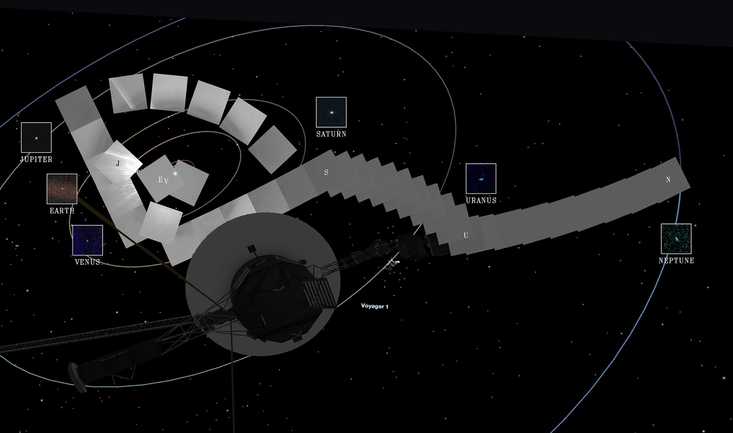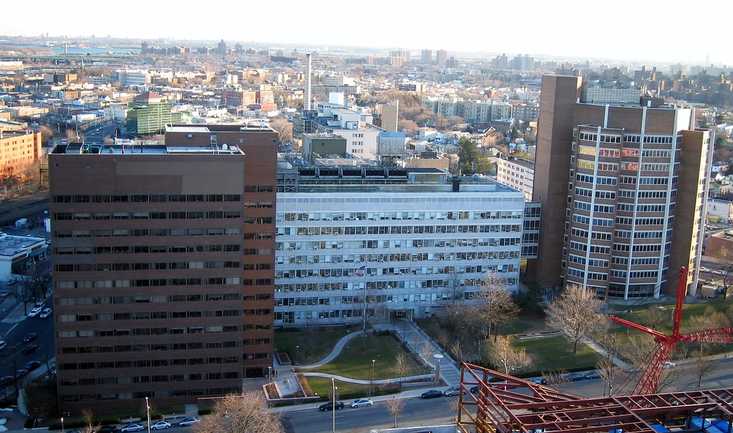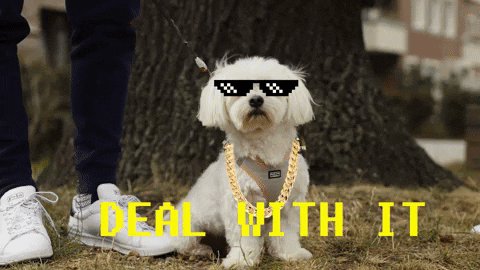Digging Into The Controversial Plan To Bring Dodo Bird Back From Extinction
It's a fascinating plan that's drawing some serious backlash. Photo by Oli Scarff/Getty Images
Photo by Oli Scarff/Getty Images
News that is entertaining to read
Subscribe for free to get more stories like this directly to your inboxIf you’ve seen any of the “Jurassic Park” movies, you understand how dangerous it can be to resurrect extinct species. That hasn’t stopped some experts and their wealthy benefactors from attempting to do just that with a few choice animals.
Focusing on the dodo
As Colossal Biosciences co-founder and CEO Ben Lamm explained, the dodo bird “is a symbol of man-made extinction.”
It’s been centuries since the last known example of this flightless bird was killed, but Lamm and his colleagues believe they might be able to bring it back. Here’s a brief outline of how the plan might work:
- Researchers would begin studying the dodo’s closest genetic relative: the Nicobar pigeon.
- Teams would compare the two birds’ respective genes to determine where the significant differences are.
- After isolating and editing those cells in a Nicobar pigeon, the resulting cells can be placed into eggs from other birds.
- The end result could be the ability of a living species to naturally lay eggs containing a virtual clone of the dodo.
Skepticism abounds
Aside from those who think this is simply an absurd plan that is a waste of time and effort, there are some critics who are worried that it actually will work. Colossal Biosciences is also working on a plan that it hopes will help bring back the extinct woolly mammoth.
Such efforts have already attracted widespread investments with the company boasting about $225 million in capital so far.
Supporters are optimistic that this research will ultimately aid in developing genetic testing and therapeutics that could revolutionize human health care.
Others, like Duke University ecologist Stuart Pimm, are focusing on endangered species that can still be saved, saying: “There’s a real hazard in saying that if we destroy nature, we can just put it back together again — because we can’t.”
 Why Is The Aging Voyager 1 Probe Sending Back Incoherent Communications?
It's been speaking gibberish for a few months and officials are concerned.
Why Is The Aging Voyager 1 Probe Sending Back Incoherent Communications?
It's been speaking gibberish for a few months and officials are concerned. One Woman’s Massive Donation Is Wiping Out Tuition At This Medical School
Her inheritance came with the instruction to do "whatever you think is right."
One Woman’s Massive Donation Is Wiping Out Tuition At This Medical School
Her inheritance came with the instruction to do "whatever you think is right." Woman’s Pets Will Inherit Her Multimillion-Dollar Fortune, Not Her Kids
It's not the first time four-legged heirs were named in a will.
Woman’s Pets Will Inherit Her Multimillion-Dollar Fortune, Not Her Kids
It's not the first time four-legged heirs were named in a will.